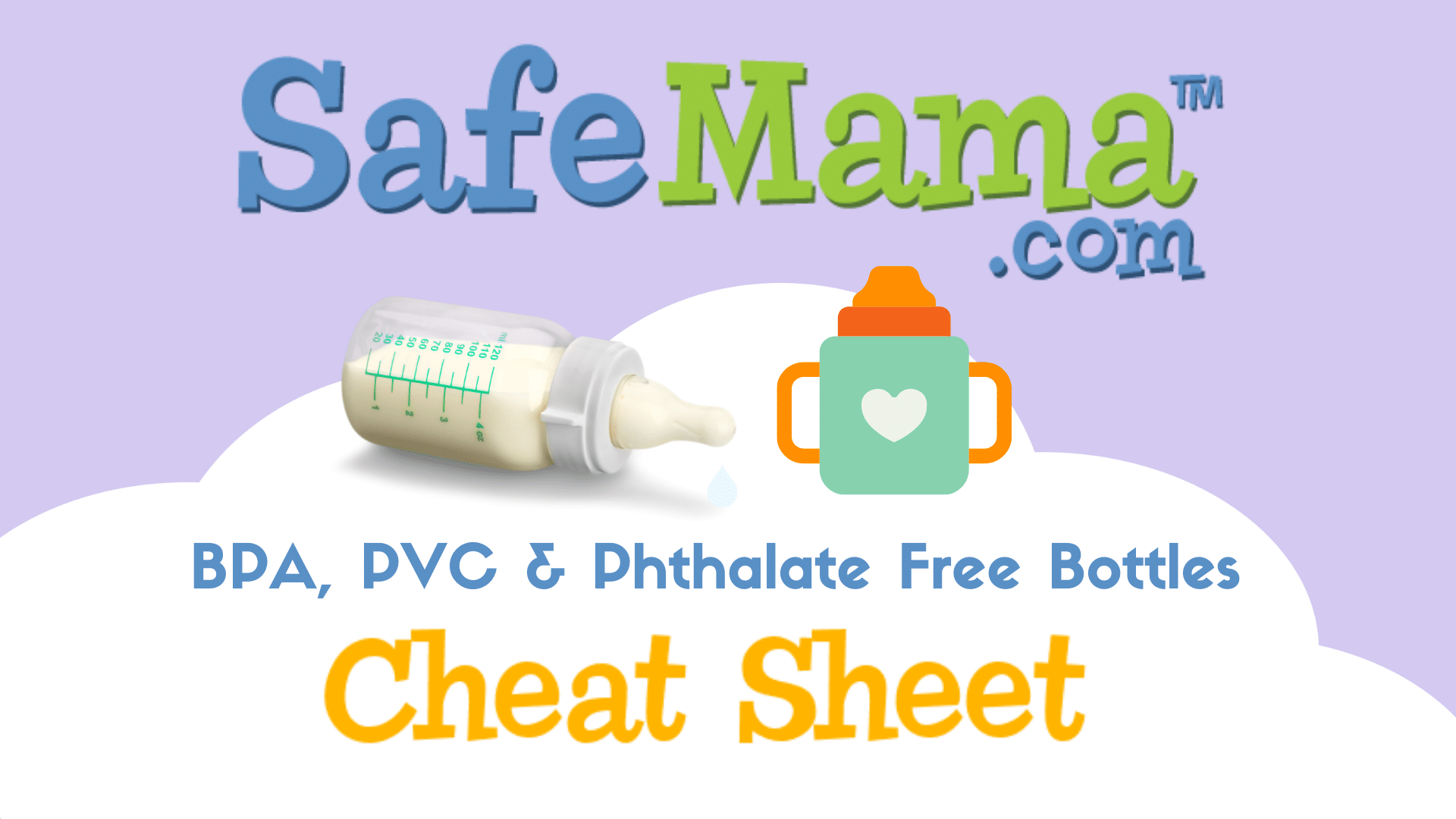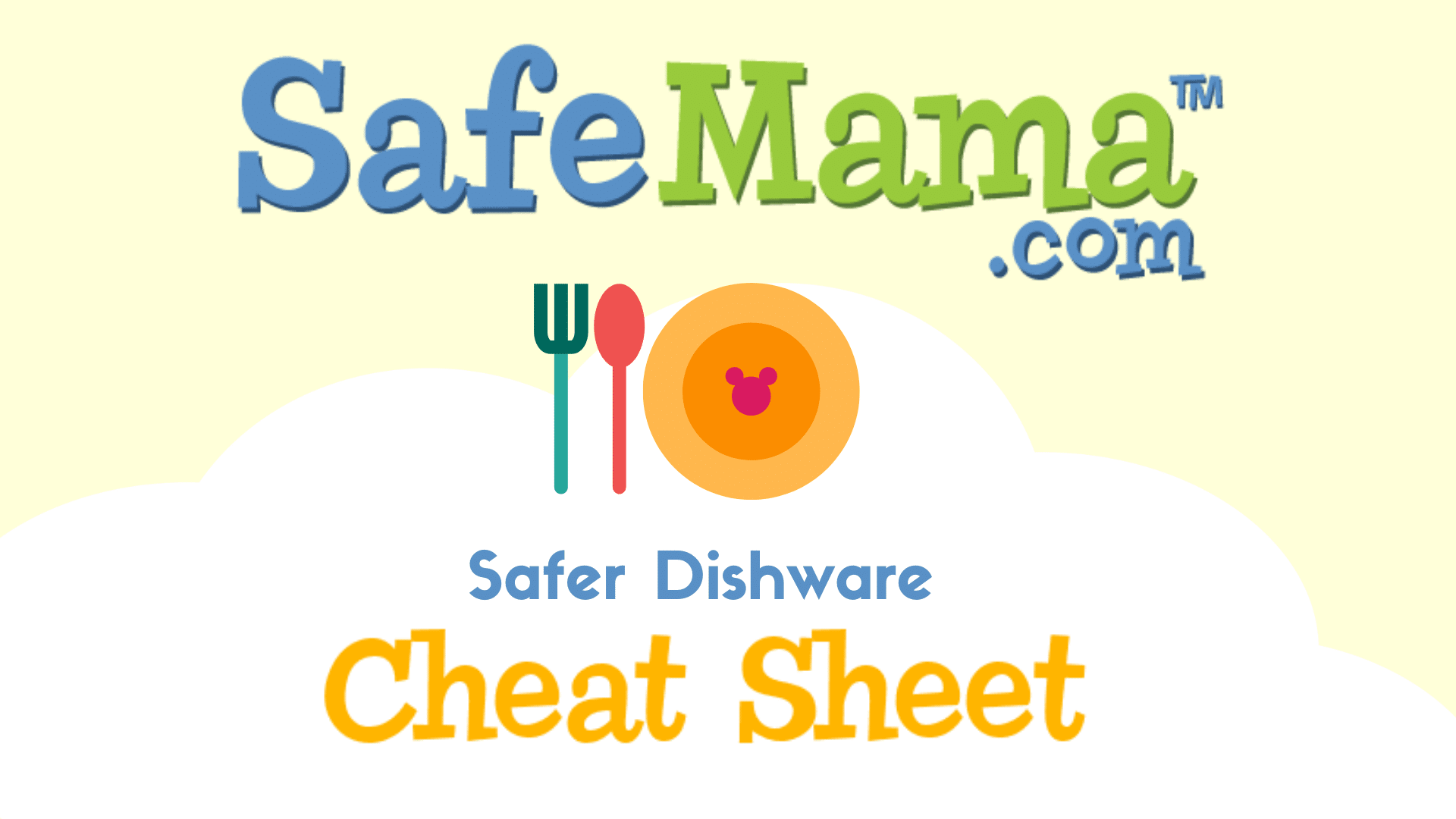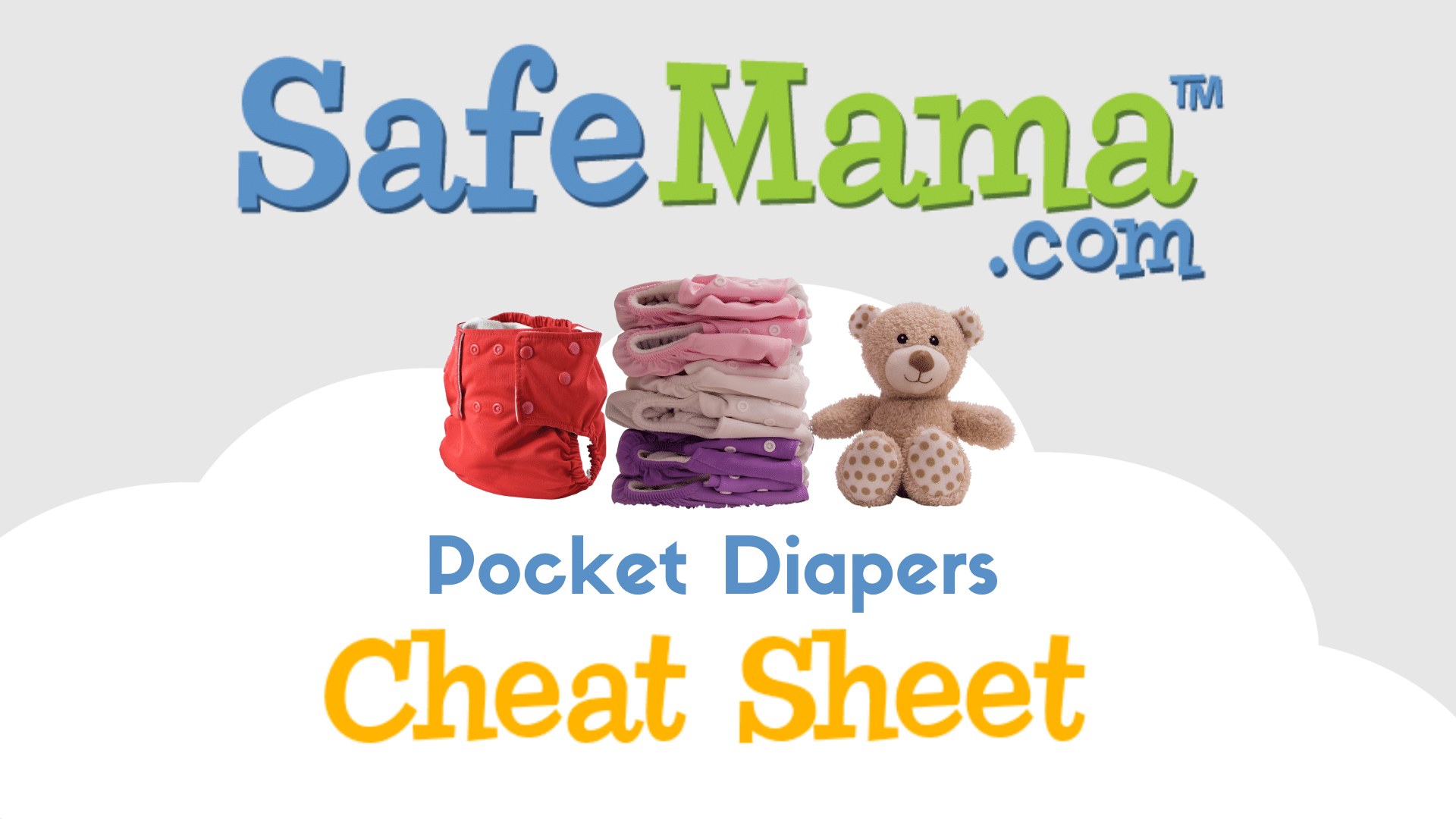Last updated on August 20th, 2022 at 09:51 am
About 15 years ago all of the buzz was to find BPA-free products for our kids. Their was news surrounding Bisphenol-a (BPA) in bottles and sippy cups. Parents wonder what else they might need to modify in their babies’ routine to avoid those plastics. Once a parent learns about potential hazards it’s tough to know what to buy and what to avoid. I’ve said to myself more than once “Can’t someone just tell me what to buy?“.. and I am pretty sure I am not the only busy parent who’s uttered that phrase.
Fast forward to today and BPA is banned from infant formula, baby bottles and sippy cups. While this is a great step in the right direction I still believe there is a need for caution when purchasing products for your kids. BPA is not the only chemical in plastics that is problematic. In my opinion your best option is to avoid plastics in children’s products. Today there are plenty of safer alternatives. That won’t leave you scratching your head wondering if it’s safe.
Is The Plastic On My Babies Pacifier Safe?
That is a good question. The hard plastic on most pacifiers that your baby touches on a regular basis may contain plasticizers that are concerning. I’m going to list for you some of my findings.
Plastic Free Pacifiers
Under Construction. Check back soon.
BPA, PVC & Phthalate Free Pacifiers
- BornFree:
- Playtex:
- Gerber: NUK
- The First Years
- Natursutten Natural Rubber Pacifiers
- EcoPiggy Natural Rubber Pacifiers
- Evenflo:
- Happy Baby Soothers
- NurturePure™
- Sassy
- Avent
BPA, PVC & Phthalate Free Teethers
- BornFree Silicone Teether and Gum Brush
- Luv n’ Care Icy Bite Teether
- Nuby: Nuby Jiggle Giggle Teethers, Nuby Nibbler, Nuby Ice Gel Teether Keys on a Ring, Nuby Bug-A-Loop Teether, Nuby Icy Bite Teether Rings, Nibbler, Nuby Kool Soothers, Nuby Pur Icy Bite Teethers, Nuby Fun Teethers, Nuby Fun Links and Fun Links on a Ring
- Je Je Vibrating Teether (rubber)
- Vulli Sophie the Giraffe Teether
- Vulli Chan Pie Gnon Teethers
- Vulli Vanilla Flavored Chan Pie Gnon
- Vulli Cool It Soother Chan Pie Gnon
- Vulli Vulli Musical Fruit Keys
- Vulli Rattle Key Chain
- Leapfrog Gentle Vibes teether
- Fisher-Price: (Fisher-Price not recommended by SafeMama.com)
- Combi Teethers
- Gerber: Cooling Gum Soother, Cool Fish Soother, Cool Ring Soother, OrbiTeether
- Camden Rose: Maple Teether and Waldorf Cheery Rattle/Teether
- Kushies Teethers
- Green Sprouts Cornstarch and Wood Teethers
- Teething Bling Silicone Teethers
*This is not a comprehensive list, it just contains the BPA, PVC & Phthalate Free products I am aware of. If there is a product not on here, it does not mean it’s not safe. Inquire with the toy maker about materials used if you are unsure. If there is a product that is not listed here that SHOULD be, please let me know and I will be thrilled to add it.
What is Bisphenol A?
Bisphenol A is a hormone-mimicking chemical used in polycarbonate plastics and resins commonly used for items such as shatterproof baby bottles. Bisphenol has estrogenic properties which, in animal tests has shown to cause a bevy of health problems such as an increase in prostate and breast cancer, urogenital abnormalities in male babies, a decline in semen quality in men, early onset of puberty in girls, metabolic disorders including insulin-resistant (Type 2) diabetes and obesity and neurobehavioral problems such as Attention Deficit Hyperactivity Disorder. Research is showing that when plastic containers, mostly those used to hold liquids and foods, are leeching Bisphenol into the foods and liquids they are holding. Heating food and liquids with these plastics is shown to increase the leaching of this contamination.
Many companies use this chemical in their packaging including cans, soda cans, and plastic food containers. There is a risk of absorbing this chemical through the use of containing foods and liquids but can also leech into our water systems through landfills.
Many leading experts argue that the use of Bisphenol is safe to the human public but research may begin to further prove otherwise.
Excerpt from Wikipedia:
“Bisphenol A has been known to leach from the plastic lining of canned foods and, to a lesser degree, polycarbonate plastics that are cleaned with harsh detergents or used to contain acidic or high-temperature liquids.[16] Infants fed with liquid infant formula have among the highest exposures of anyone eating canned foods. Infants fed canned formula with polycarbonate bottles can consume quantities of Bisphenol A up to 13 µg/kg/day.”
Not a comprehensive list.
IMPORTANT: Please do not copy/paste this material on other websites without prior written consent. This page is constantly being updated so republishing it could mean you are distributing inaccurate information. Copying and/or republishing this list or any written material from this website is also a violation of our Terms and Conditions.



